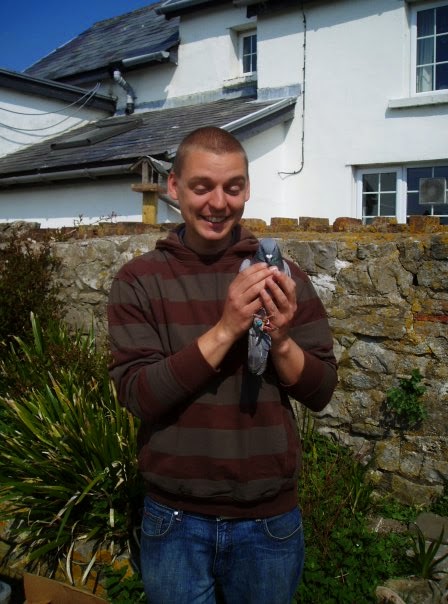College of Science Postgraduate Seminar Series - Summer 2014
5th August 2014 - 1pm - Zoology Museum (Wallace)
Talk 1
Assessing phenotypic and genetic divergence in brown trout (Salmo trutta) in Welsh rivers
Assessing phenotypic and genetic divergence in brown trout (Salmo trutta) in Welsh rivers
Chloe Robinson
(Masters student, Swansea University, UK)
Habitat alteration and fragmentation through anthropogenic activities is one of the primary causes of freshwater fish declines worldwide. There has been a significant increase in the numbers of barriers in rivers worldwide in recent years, particularly hydroelectric structures, which provide one fifth of the world’s electricity. Migratory species such as brown trout (Salmo trutta) are adversely affected by loss of connectivity as barriers block migration pathways and cause flow alterations, habitat degradation, increase in sedimentation and loss of spawning grounds. Ultimately, population isolation can occur within heavily impounded rivers as barrier presence causes a one-way gene flow from upstream to downstream. Isolated upstream populations that receive limited gene flow from downstream populations can suffer inbreeding and inbreeding depression and loss of fitness. There is also evidence of morphological divergence in response to barrier presence as fish exhibit local adaptations to changing environmental conditions
As central-place foragers albatrosses undertake trips of many hundreds of km, over multiple
days, in search of food and are renowned for their ability to travel great distances without
flapping by a technique known as ‘dynamic soaring’. But what are the energetic savings
of these extended and tortuous flight tracks as compared to direct paths travelled by
flapping? Visual observation of such flights is difficult, given the distances travelled, so GPS
tracking was used to ascertain birds’ location at 10-minute intervals, providing coarse-
scale information of flight paths. Accelerometry and magnetometry data recorded at 40
Hz (40 times per second) were also collected to gain insight into body movement, energy
expenditure and compass heading at an extremely fine scale. From these data it is hoped
that an indication of the tortuosity of flight tracks may be constructed and, by comparison
of modelled wind vectors against coarse- and fine-scale movements, the energetic costs of
such flight habits quantified.
Talk 2
Quantifying the energetic costs of flight in the wandering albatross (Diomedea exulans)
Quantifying the energetic costs of flight in the wandering albatross (Diomedea exulans)
Andrew 'Pedro' Roberts
(Masters student, Swansea University, UK)
As central-place foragers albatrosses undertake trips of many hundreds of km, over multiple
days, in search of food and are renowned for their ability to travel great distances without
flapping by a technique known as ‘dynamic soaring’. But what are the energetic savings
of these extended and tortuous flight tracks as compared to direct paths travelled by
flapping? Visual observation of such flights is difficult, given the distances travelled, so GPS
tracking was used to ascertain birds’ location at 10-minute intervals, providing coarse-
scale information of flight paths. Accelerometry and magnetometry data recorded at 40
Hz (40 times per second) were also collected to gain insight into body movement, energy
expenditure and compass heading at an extremely fine scale. From these data it is hoped
that an indication of the tortuosity of flight tracks may be constructed and, by comparison
of modelled wind vectors against coarse- and fine-scale movements, the energetic costs of
such flight habits quantified.


No comments:
Post a Comment